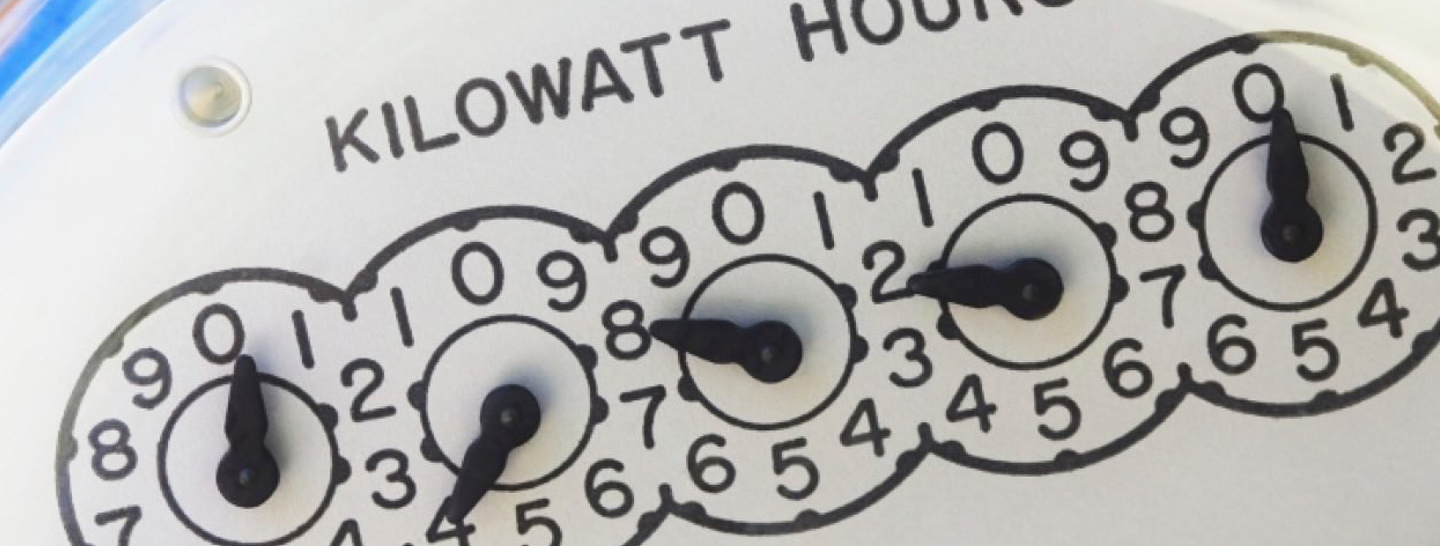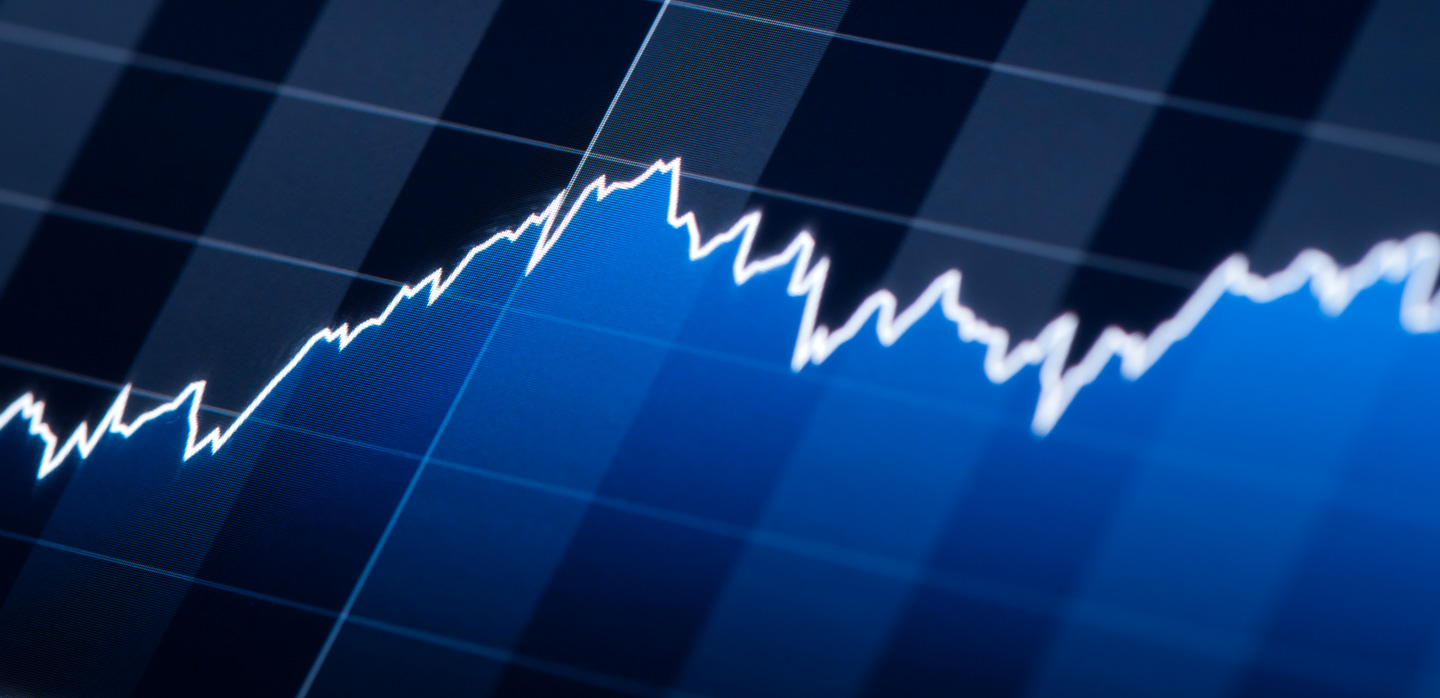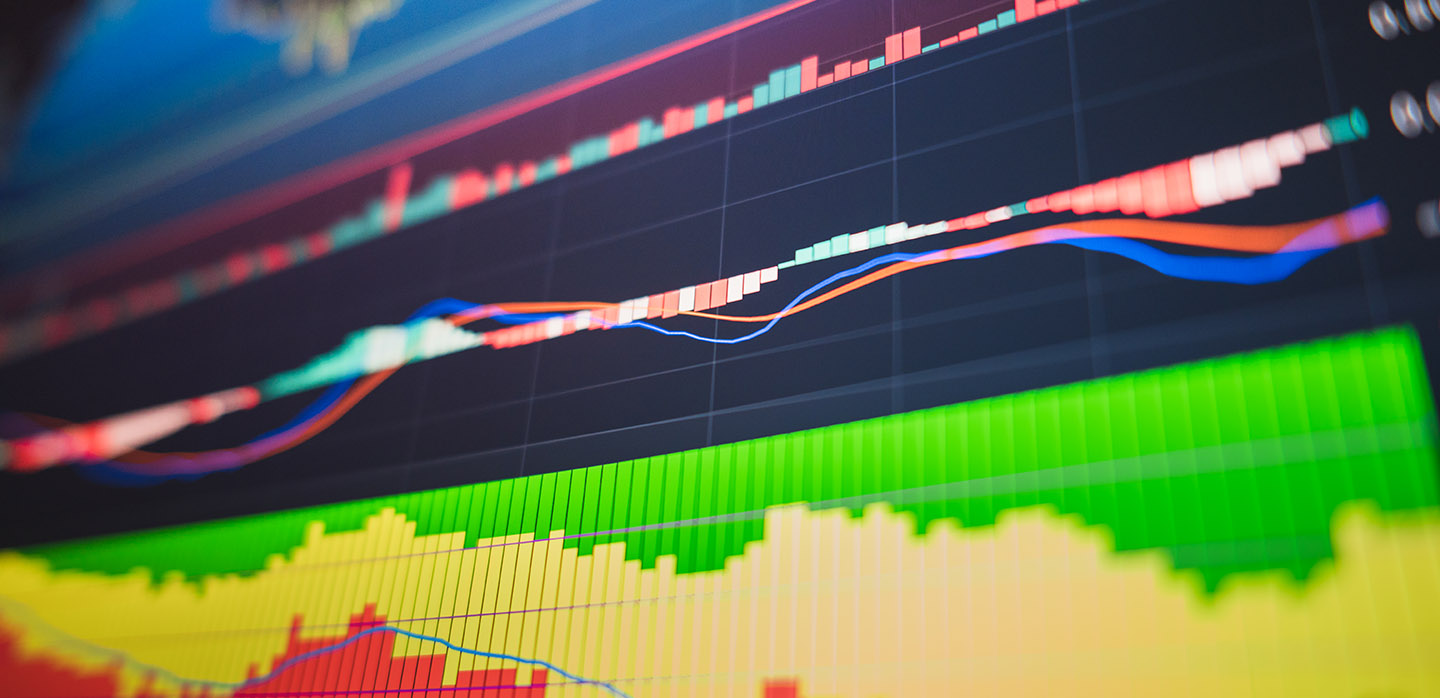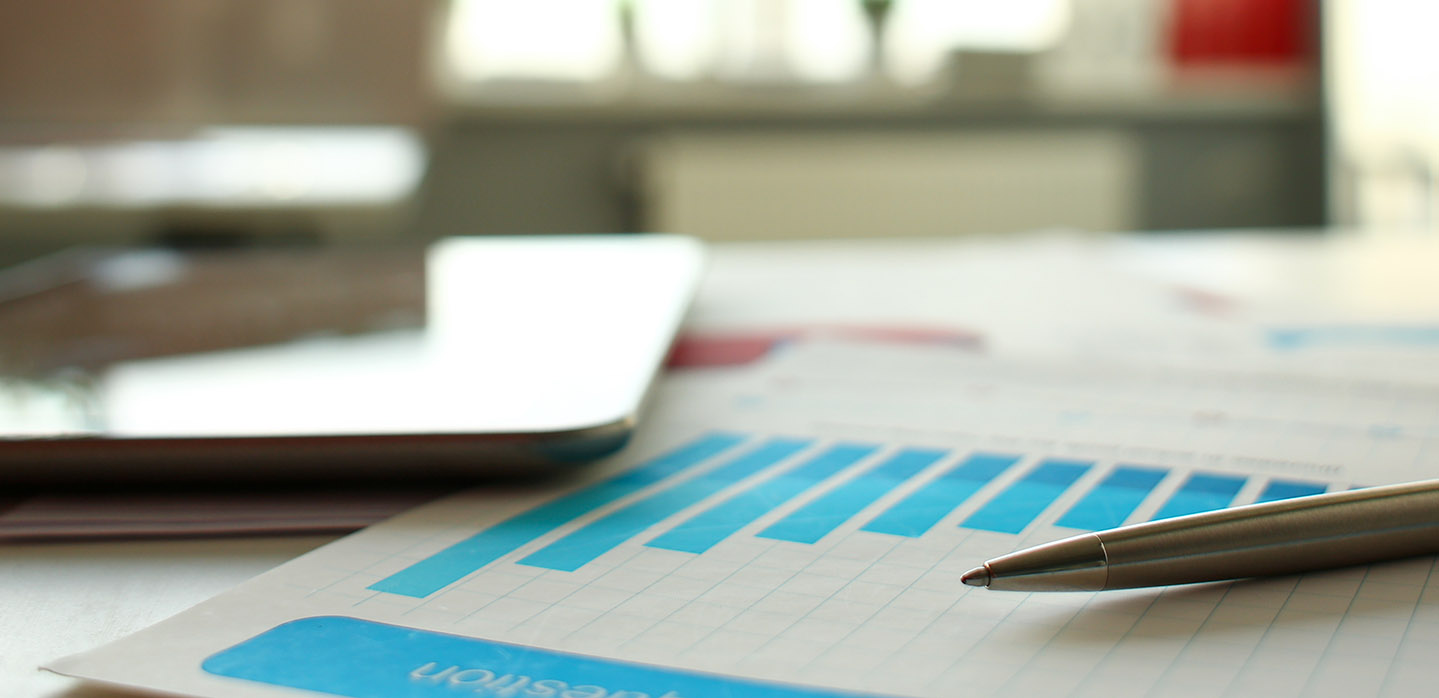Understanding the components of your energy bill is no easy task, but it’s a fundamental first step to taking control of your energy use and reducing costs (and to finding any potential errors in your bill). How you get billed is complicated and varies widely depending on your specific contract, but it’s important for you to understand your tariff. Without knowing exactly how you're billed for energy, it's difficult to prioritize which energy savings measures will have the biggest impact.
This post is for explanatory purposes and should provide a solid high-level concept overview from which you can dive deeper into your specific rate structure(s).
Demand Charges Explained: CliffsNotes Edition
In many cases, electricity use is metered (and you are charged) in two ways by your utility: first, based on your total consumption in a given month, and second, your demand, based on the highest capacity you required during the given billing period, typically a 15-minute interval during that billing cycle.
To use an analogy, think about consumption as the number that registers on your car’s odometer – to tell you how far you’ve driven – and demand as what is captured on your speedometer at the moment when you hit your max speed. Consumption is your overall electricity use, and demand is your peak intensity, or maximum “speed.”
National Grid does a great job explaining this: "The price we pay for anything we buy contains the cost of the product plus profit, plus the cost of making the product available for sale, or overhead.” They suggest that demand is akin to an overhead expense and note that “this is in contrast to charges…customers pay for the electricity itself, or the ‘cost of product,’ largely made up of fuel costs incurred in the actual generation of energy. Both consumption and demand charges are part of every electricity consumer’s service bill.”
With residential customers, these two charges may appear as a combined charge (like all tariffs, this varies), but because commercial and industrial users have significant variance in both consumption and demand, these charges are often broken out (though not always – it depends on your particular tariff/rate structure). Here, National Grid explains again: “Some [commercial and industrial energy users] need large amounts of electricity once in awhile – others, almost constantly.” And because electricity can’t be stored, this gets even more complicated, so “meeting these customers' needs requires keeping a vast array of expensive equipment – transformers, wires, substations, and generating stations – on constant standby.” While in some areas all customers are assessed a demand charge, the idea is that the customers who create this exceptionally high demand are then correspondingly charged more for it.
Show Me the Math: How Demand Charges are Calculated
Consumption is measured at a rate based on kilowatt hours (kWh), and demand is measured in kilowatts (kW). To understand how this applies to your energy use, see the two examples below. Note that when demand is higher – i.e, using kilowatts at a higher intensity and for a shorter time period – demand charges will be higher versus using the same total amount of kilowatt hours but over a longer time period and at a lower intensity. Overall consumption remains the same between the two companies, but the amount each pays varies because of demand charges.
Read on to walk through this example of how a demand charge might affect two different companies.
Let’s assume these rates apply to both companies:
Electricity charge = $.0437 per kWh
Demand charge = $2.79 per kW
Example 1: Company A runs a 50 megawatt (MW) load continuously for 100 hours.
50 MW x 100 hours = 5,000 megawatt hours (MWh)
5,000 MWh = 5,000,000 kWh
Demand = 50 MW = 50,000 kW
Consumption: 5,000,000 kWh x .0437 = $218,500
Demand: 50,000 kW x $2.79 = $139,500
Total: $358,000
Example 2: Company B runs a 5 MW load for 1,000 hours.
5 MW x 1,000 hours = 5,000 MWh
5,000 MWh = 5,000,000 kWh
Demand = 5 MW = 5,000 kW
Consumption: 5,000,000 kWh x .0437 = $218,500
Demand: 5,000 kW x $2.79 = $13,950
Total: $232,450
For the same amount of kilowatt hours used – i.e., at the same consumption level – albeit at different intensities, Company A pays significantly more.
Depending on your rate structure, peak demand charges can represent up to 30% of your utility bill. Certain industries, like manufacturing and heavy industrials, typically experience much higher peaks in demand due largely to the start-up of energy-intensive equipment, making it even more imperative to find ways to reduce this charge – but regardless of your industry, taking steps to reduce demand charges will save money.
To reduce your demand charges, get started by taking these initial steps:
Get up close and personal with your energy data. Gaining visibility to your energy data will illuminate ways in which you can save money that you wouldn’t otherwise be able to identify. Looking at your real-time energy data will show you when your demand for electricity is greatest and will allow you to develop strategies for lowering those peaks – and thus, your demand charges. If you have already taken measures to lower your peaks, and thus decrease demand, or lower overall electricity use, or consumption, your data will indicate the impact of these efforts.
Consider no or low-cost energy efficiency adjustments you can make immediately. When you start up your operations in the morning, don't just flip the switch on all of your high intensity equipment. Consider a staged start-up: turn on one piece of equipment at a time, create a schedule where the heaviest intensity equipment doesn’t all operate at full tilt simultaneously, and think about what equipment can be run at a lower intensity without adverse effect. You may use more kWh – resulting in greater energy consumption or a higher “energy odometer” reading as discussed above – but you'll ultimately save on demand charges and your energy bill overall will be lower.








